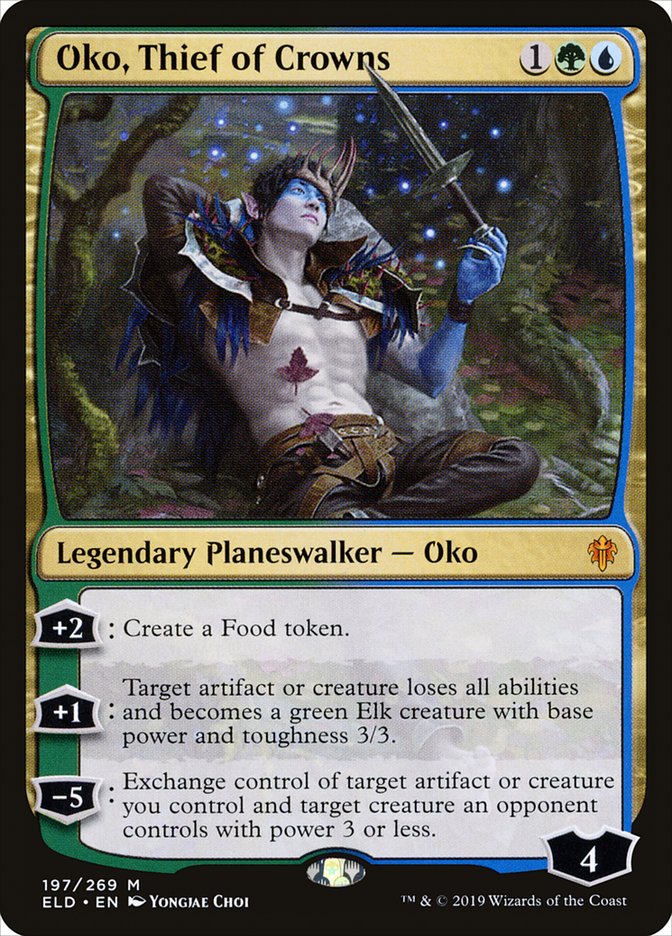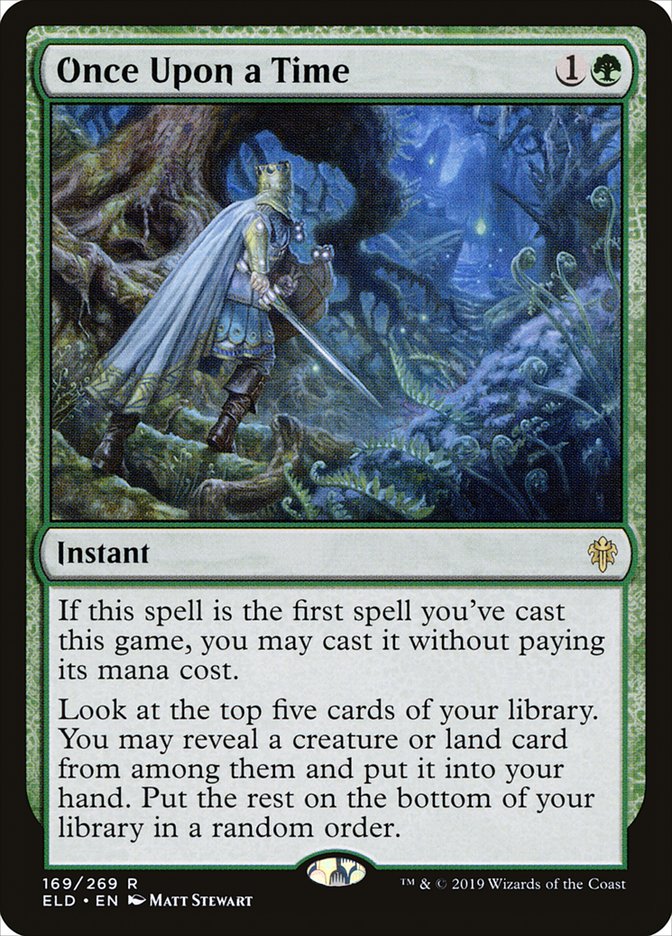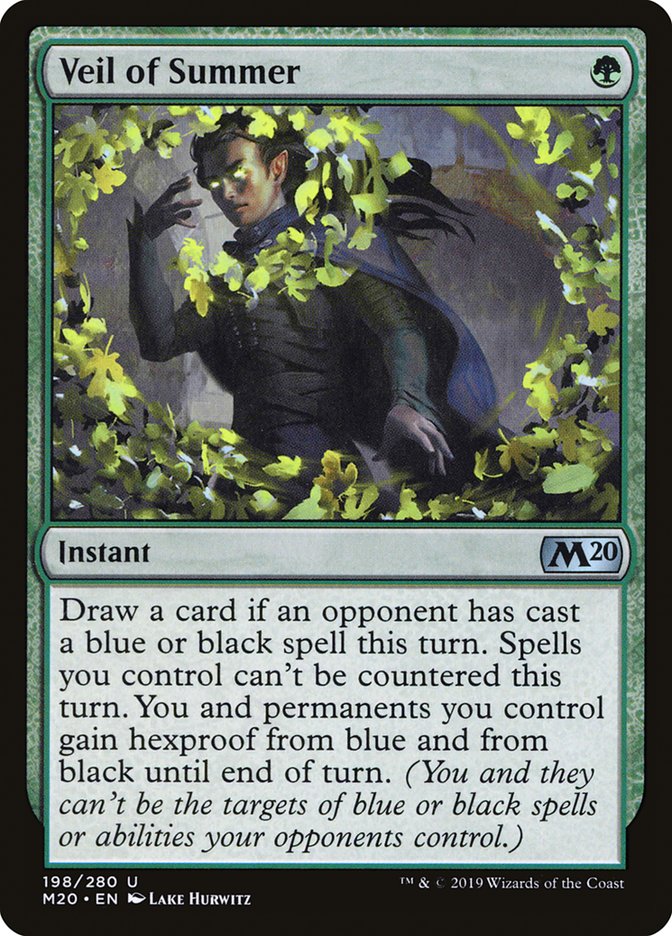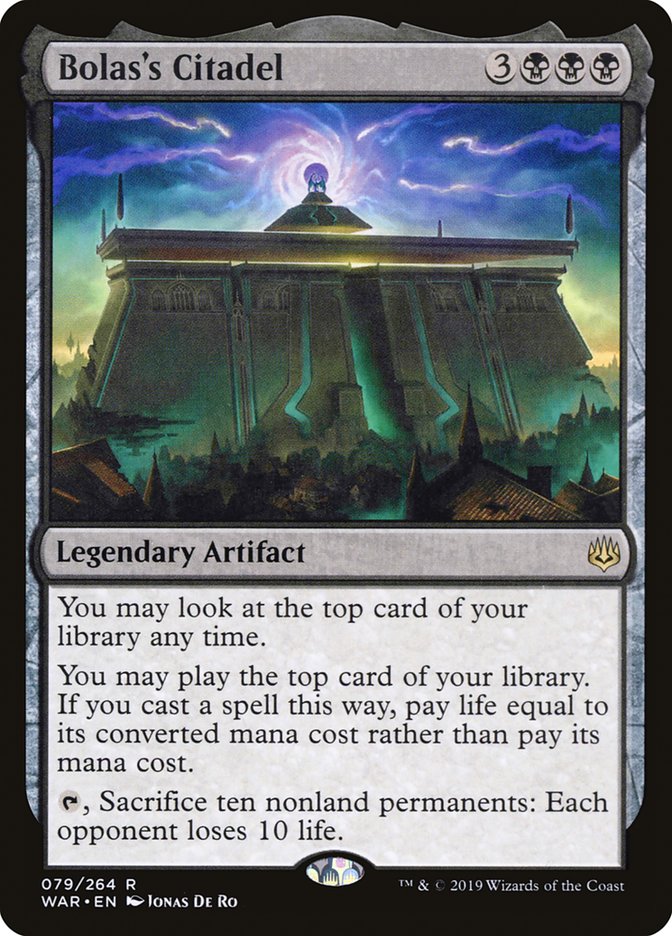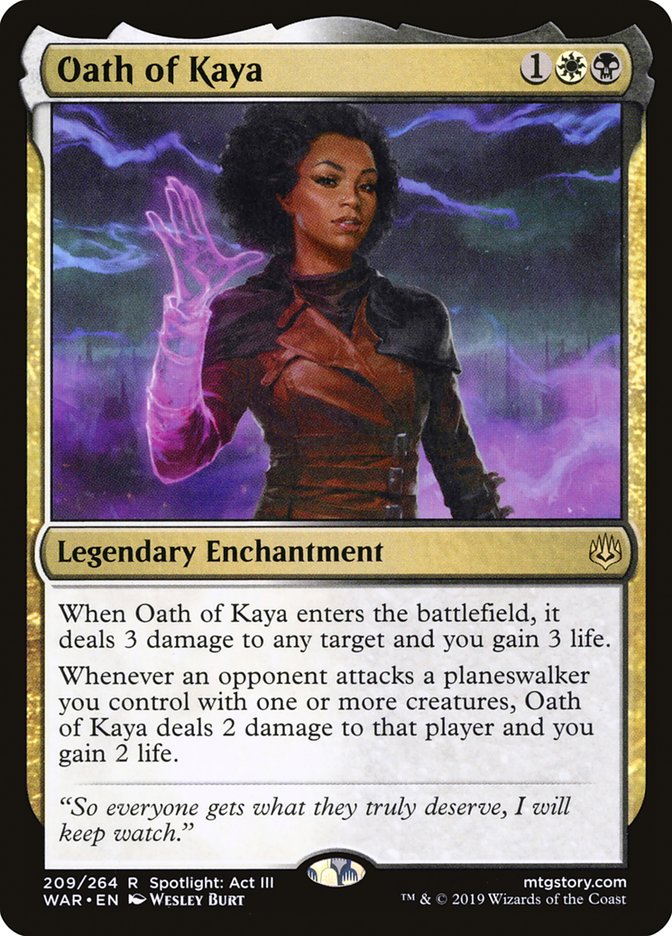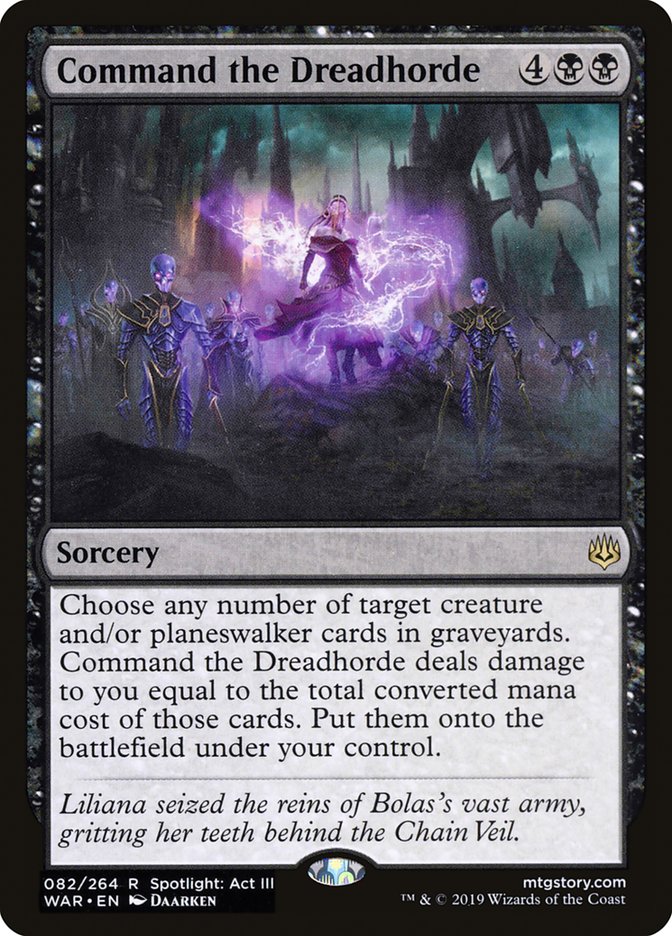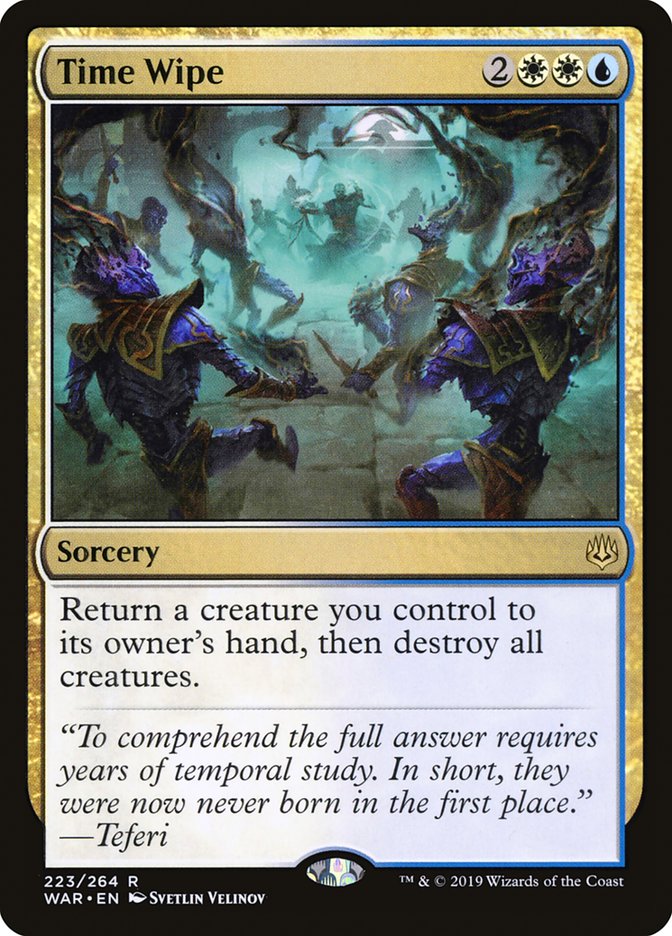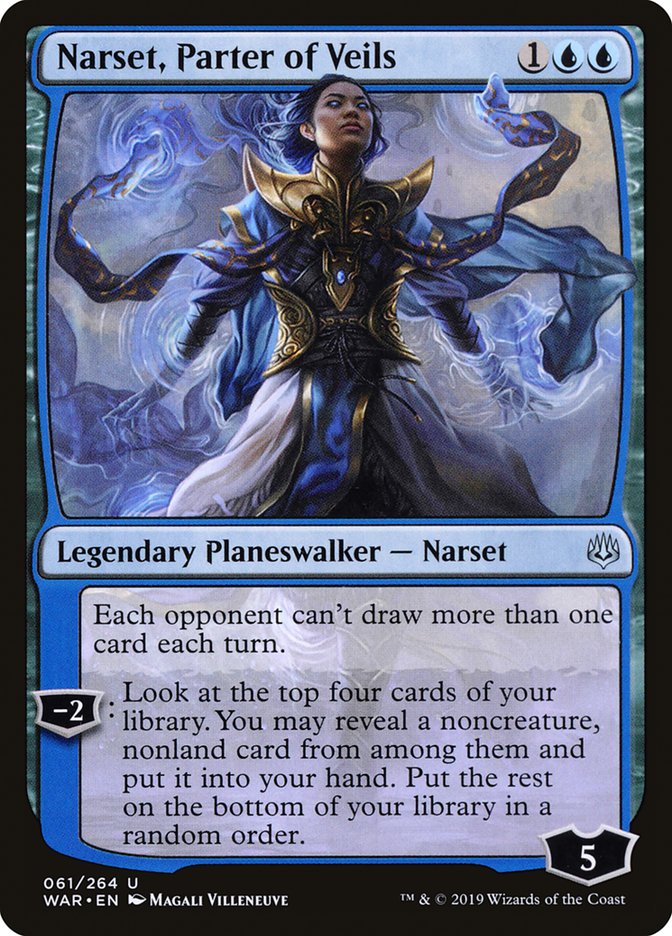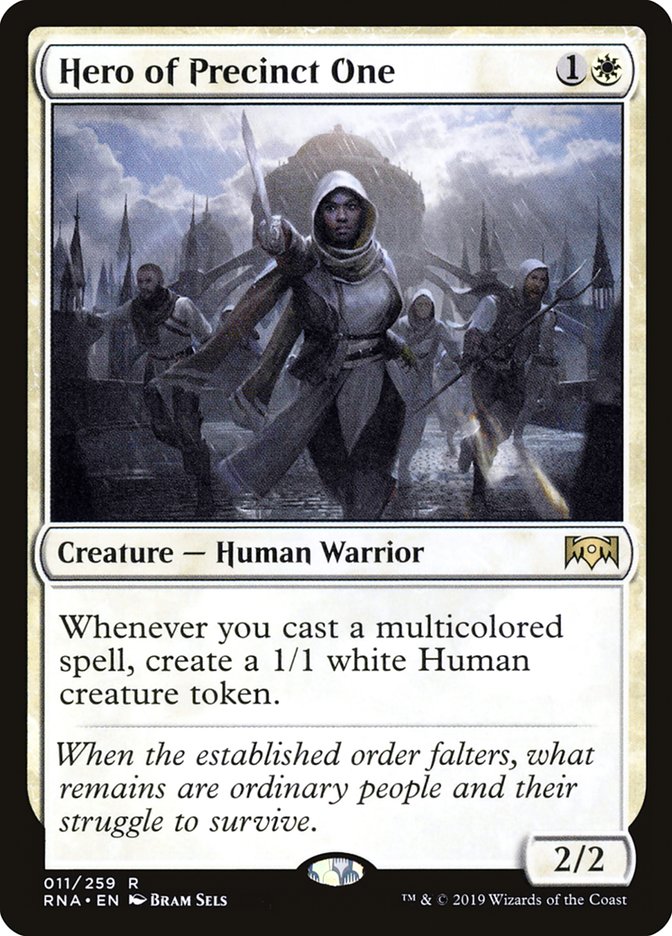Veil of Summer has been defeated, ending control’s extended vacation from Throne of Eldraine Standard much earlier than anticipated. I knew the good news was coming once it was axed from Pioneer, as Wizards of the Coast employees were hard at work scrubbing the competitive formats of one of their biggest mistakes. It is only a matter of time until Veil of Summer is removed from Modern, but luckily, we have Path to Exile’s assistance there.
Control has been underwhelming with the exit of Teferi, Hero of Dominaria. It had the impossible hurdle of Field of the Dead immediately after rotation, not having a solid way to pressure and maintain a steady flow of card advantage. I immediately began working on every configuration of Esper, Azorius, Jeskai, and Sultai to solve the control riddle. It was painful to come up short with Field of the Dead ravaging the competitive countryside but then I realized it was not just control that lost viability.
Aggro, control, and midrange were all dogs to the ramp deck of the format. With this mess, I began to campaign against Field of the Dead before the first tournament of the new format took place. The people in charge were receptive of the information from the player base and knew that the land had to get removed for Standard to have a chance at a healthy beginning in the Throne of Eldraine world. Unfortunately, we all knew that there was another format spoiler waiting in the wings.
Oko, Thief of Crowns was a ban that had to take place with Field of the Dead and I stated that fact on multiple occasions. I prefaced it with the obvious issue that Wizards was going to face, which was banning their flagship mythic in a set that just came out. It was obvious that they would roll the dice on letting the most powerful planeswalker ever printed stick around and see if the format could adapt without Field of the Dead to stifle the other archetypes. Unfortunately for management, the gamble did not pay off and both had to be removed.
In addition to these two, Once Upon a Time and Veil of Summer were eliminated. Once Upon a Time makes sense, joining the list of spells that should never have been printed. Free spells directly contradict the push for format health, as they add a level of consistency and homogeneity to gameplay that is simply boring. People playing the same exact decks, that do the same exact plays, nearly every game, is not what great Magic looks like. It is likely that this card does not survive some of the other formats as well, but Standard is the focal point for this article.
Each one of the cards that was removed helps control’s viability in Standard; however, Veil of Summer was the key offender. There were no configurations, tap-out or reactive, that could tango with the one-mana Cryptic Command. Somehow, green was gifted the best counterspell in the history of the game since Force of Will, and I wasn’t even surprised. When it was previewed, I grumbled a bit to my control caucus on social media, but it wasn’t groundbreaking then. Every time there’s a Carnage Tyrant, Tireless Tracker, or even Oko, Thief of Crowns, the control team found a way to make the strategy work. As the format matured, it became evident that this was not the run-of-the-mill green card being nauseatingly pushed by the development team. With it no longer intimidating all counterspells and removal, it’s time to get back to work.
Creatures (11)
Planeswalkers (5)
Lands (26)
Spells (18)

I started out with Esper Control and quickly moved to Esper Hero. A true control build in the current Standard is still missing that powerful finisher, making it difficult to close out games against some of the grindier decks in the format. Liliana, Dreadhorde General is a powerful planeswalker that can take an enemy out quickly, but it also can fall early, leaving us a Zombie to show for it. There are only two control win conditions that I’m comfortable building a win condition around, and Liliana, Dreadhorde General isn’t there.
Bolas’s Citadel is the most powerful win condition that control has access to in Throne of Eldraine Standard. It lost a little bit of its potency with Teferi, Hero of Dominaria leaving, but it still can slam the door shut in the face of any opponent when built around correctly. The requisite lifegain cards that go into a deck with Bolas’s Citadel are strong enough to stand on their own. Cards like Oath of Kaya and Elite Guardmage have seen play when Bolas’s Citadel is nowhere to be found.
Oath of Kaya is at its highest point in the new Standard. There are a ton of aggro and midrange decks that all have targets within range of the Orzhov Lightning Helix. Killing a creature and gaining three life is a huge exchange for any control deck. Without any other synergies, that play is worth using multiple of these legendary enchantments in any deck that contains the appropriate colored mana. The obvious boost this receives is the use of Teferi, Time Raveler, which can lead to some disgusting plays against aggro decks.
Bouncing Oath of Kaya, drawing a card, and redeploying it makes any control player’s heart warm. This series of plays happens often, especially when there are four Teferi, Time Raveler and three Oath of Kaya. It may be correct to even toss in the fourth Oath of Kaya, which would replace the one Deputy of Detention in the list. The amount of life gain that Esper Hero has access to makes it the perfect shell for Bolas’s Citadel to truly shine.
The flow of spells off the top of the library is still a sight to see, made possible by the speed of the format. The Mono-Red Aggro deck of the format is fast, but even that strategy is checked immediately by the avalanche of lifegain and value that Esper Hero has. Even against a deck like that, I only sideboard out one of the Bolas’s Citadel and bring in even more lifegain attached to removal. The three copies of Bolas’s Citadel may seem excessive, yet have been necessary after testing.
As strong as Bolas’s Citadel is, it does us no good when it isn’t drawn. Esper Hero and Esper Control falter when the main win condition isn’t drawn, as most decks in the format are equipped to tax our disruption to the breaking point. In this Standard, I have been forced to use all my interaction very early in the game, regardless of the advantage gained off card draw or two for ones. Creatures and planeswalkers produce too much value immediately when entering the battlefield and this has been the case for a few years now. It didn’t matter when Teferi, Hero of Dominaria was bailing us out with two cards a turn, but outside of that, it has been rough.
Bolas’s Citadel must be drawn and cast very close to Turn 6, which makes three the perfect number for that type of consistency. With four Temple of Silence and four Thought Erasure, it has been easy to avoid having multiples pile up in the hand. The one Castle Vantress has also helped to move away from more copies when equipped or find one when it is missing. This deck plays out very similarly to the Esper Hero list of old, but completely relies on the best win condition that Standard control has at its disposal.
There is one other win condition that a control player can build around in this new Standard. Command the Dreadhorde can be just as lights out as any legendary artifact. Bolas’s Citadel requires a little more legwork than this one, especially if you want to go off with Hero of Precinct One. When building around Command the Dreadhorde, lifegain is required, but the early-game can look a lot different.
Creatures (6)
Planeswalkers (8)
Lands (26)
Spells (20)

Removal, hand disruption, and countermagic all populate the opponent’s graveyard for Command the Dreadhorde to seal the deal. In decks built around this, Hero of Precinct One are not required and just four Elite Guardmage are needed. There is an argument for Basilica Bell-Haunt instead, but I prefer drawing toward my sixth land to taking a card from the opponent. The other components of the deck are more geared toward keeping the battlefield clear from Turn 1 to Turn 5.
Time Wipe and more traditional control elements are best used in an Esper Control deck that utilizes Liliana, Dreadhorde General and Command the Dreadhorde as the game-ending plays. As mentioned earlier, Liliana, Dreadhorde General is a very powerful planeswalker that can win the game on the spot but can often let you down. Command the Dreadhorde, even as a one-of, will consistently do the trick.
Other control elements that help you find your limited win conditions are Narset, Parter of Veils and Drawn from Dreams. They join forces with Elite Guardmage to give this Esper Control deck the card draw required to continue to even the battlefield, so that Command the Dreadhorde can claim all fallen creatures and planeswalkers and swiftly end the game.
At the beginning, I mentioned that I have chosen Esper Hero as my weapon of choice moving forward. The proactive nature of the deck makes it the frontrunner, as it can apply pressure and force the opponent to expend resources to prevent being run over. Hero of Precinct One is one of the better decoys in recent history for control, allowing us to use one card early on to create multiple threats. This early-game dynamic allows cards like Bolas’s Citadel to have plenty of life to work with, since much of the opponent’s gameplan was thwarted due a two-mana creature many turns before.
I do like both versions of control to start the new format off and my next project will be with Niv-Mizzet, Parun, which also has been unlocked with the removal of Oko, Thief of Crowns and Veil of Summer.



